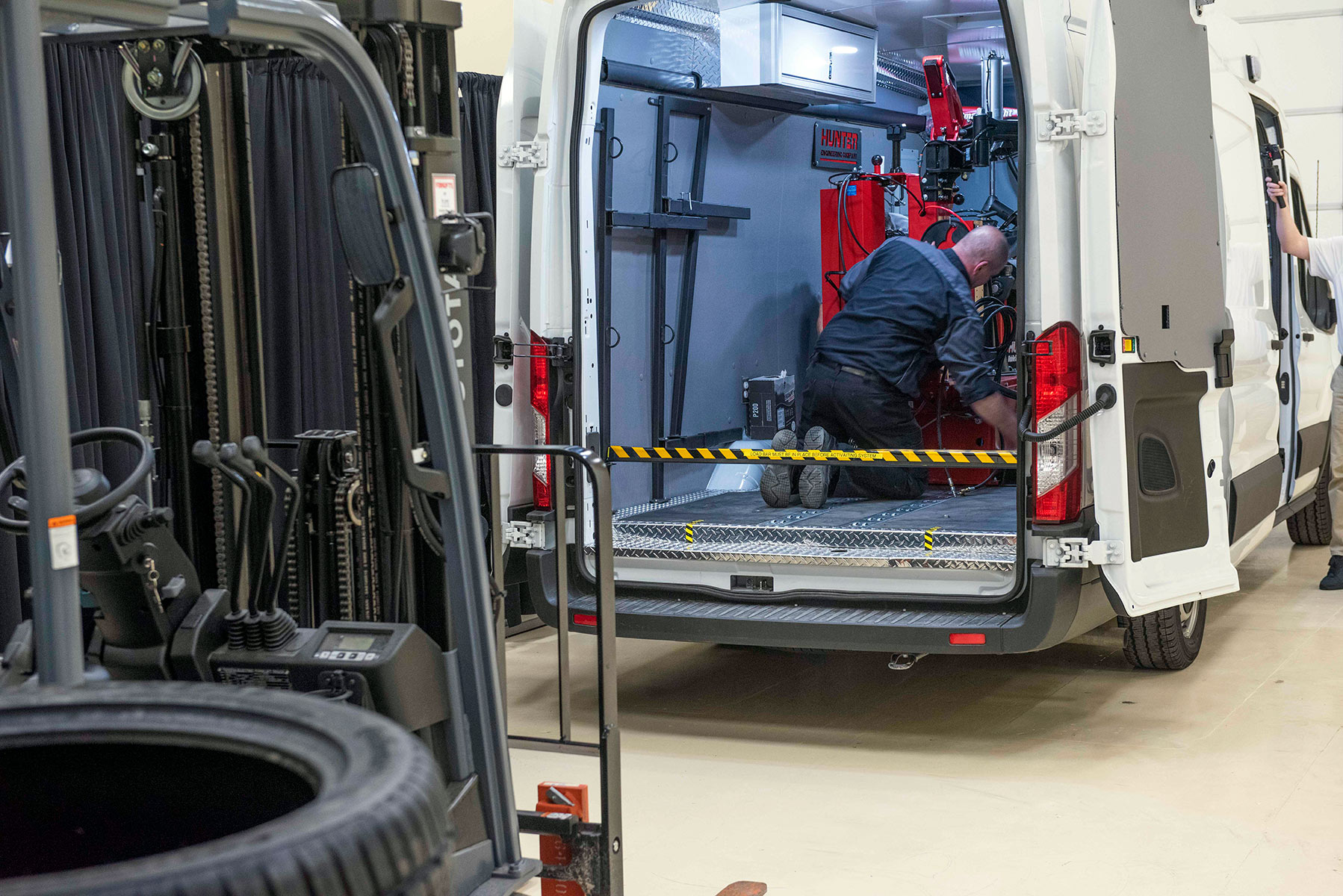Efficient Flat Tire Repair Las Vegas - Mobile Support
Tire Solution: Proven Techniques for Optimum Tire Upkeep and Care
From making certain appropriate tire stress to normal rotation and placement, there are proven approaches that can considerably expand the life expectancy of your tires and boost total driving experience. Let's dig right into the world of tire solution and discover the tricks to maintaining your tires in superior shape for the lengthy haul - Mobile Tire Service Las Vegas.
Value of Tire Stress
Ample tire pressure advertises better fuel performance, as under-inflated tires can lead to increased rolling resistance, creating the engine to work more challenging and consume even more fuel. Appropriate tire stress guarantees also tread wear, boosting tire longevity and conserving cash in the long run by postponing the need for early substitutes. On a regular basis checking and changing tire pressure, especially before lengthy journeys, is a basic yet effective method to improve automobile performance, expand tire life expectancy, and prioritize safety and security on the roadway.
Tire Rotation Standards
When considering tire rotation standards, it is necessary to recognize the relevance of this maintenance task in taking full advantage of tire lifespan and preserving optimum car efficiency. Tire rotation involves altering the placement of each tire on a car to make certain also step wear. Front tires tend to use quicker than back tires as a result of steering forces, making normal turning important for well balanced wear patterns. The recommended rotation pattern varies depending upon whether an automobile is front-wheel, rear-wheel, all-wheel, or four-wheel drive. Usually, tires should be rotated every 5,000 to 7,500 miles, or as recommended in the car handbook. Neglecting tire rotation can lead to uneven wear, affecting handling, grip, and possibly compromising car security. By sticking to appropriate rotation guidelines, chauffeurs can extend the life of their tires, improve fuel performance, and boost total driving experience. Normal turning is a simple yet reliable upkeep technique that adds considerably to tire long life and lorry efficiency.

Benefits of Wheel Positioning
Ensuring proper wheel placement after tire rotation is vital for keeping balanced wear patterns and maximizing lorry performance. Wheel alignment describes the change of the angles of the wheels to the manufacturer's specifications. One of the crucial advantages of wheel alignment is improved guiding and handling reaction. When the wheels are appropriately straightened, it reduces steering effort, making certain a smoother and more controlled driving experience. Furthermore, right wheel placement helps to prolong the life-span of your tires. Misaligned wheels can cause uneven tire wear, causing early tire replacement and boosted upkeep costs.

Tire Tread Deepness Inspect
Carrying out a routine examination of tire step depth is vital for preserving safe driving problems and prolonging the life expectancy of your tires. The step on your tires plays a crucial function in providing traction, especially in unsafe or wet problems. To check your tire walk depth, you can make use of a walk depth gauge or the penny test. The advised walk depth is at least 2/32 of an inch. It is time to replace your tires to make certain ideal efficiency and safety and security on the road if the tread deepness is below this threshold. Irregular step wear can indicate problems with tire positioning, suspension, or stress, highlighting the value of normal walk deepness checks. Overlooking to check and preserve proper step deepness can cause minimized hold, longer braking distances, and an increased threat of hydroplaning. By including tire walk Clicking Here depth check out your regular upkeep routine, you can drive with self-confidence understanding that your tires are in top problem.
Seasonal Tire Assessment
Seasonal tire examination is a basic facet of tire upkeep that guarantees tires are prepared to encounter the obstacles posed by various weather conditions. In preparation for winter season, it is vital to inspect the tire stress regularly as cold temperatures can cause tire pressure to go down. By conducting regular seasonal tire inspections, chauffeurs can prolong tire lifespan, enhance fuel performance, and most notably, make sure a safe driving experience in varying weather conditions.
Conclusion
To conclude, keeping correct tire stress, rotating tires frequently, lining up wheels correctly, keeping track of tread deepness, and carrying out seasonal evaluations are essential techniques for ideal tire care. By following these proven approaches, motorists can ensure their tires last much longer, perform better, and add to general vehicle safety. It is crucial to prioritize tire upkeep to stop mishaps, boost gas efficiency, and lengthen the life expectancy of tires.
Appropriate tire pressure advertises better fuel performance, as under-inflated tires can lead to boosted rolling resistance, causing the engine to function harder and take in more gas.When thinking about tire turning guidelines, this content it is important to understand the significance of this maintenance task in making this hyperlink the most of tire life expectancy and keeping optimal vehicle efficiency. Seasonal tire examination is an essential aspect of tire maintenance that makes sure tires are all set to face the challenges positioned by various climate problems. By performing regular seasonal tire inspections, chauffeurs can extend tire life expectancy, improve gas performance, and most notably, make certain a secure driving experience in varying weather conditions.
In conclusion, maintaining proper tire pressure, rotating tires on a regular basis, straightening wheels appropriately, checking step deepness, and carrying out seasonal examinations are crucial techniques for optimum tire treatment.